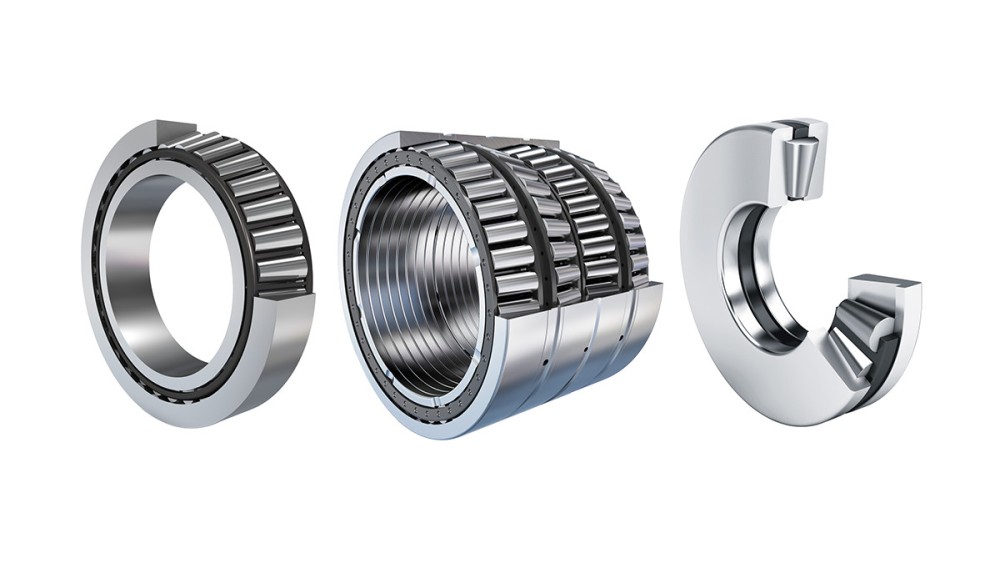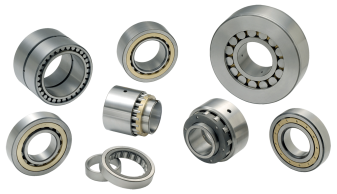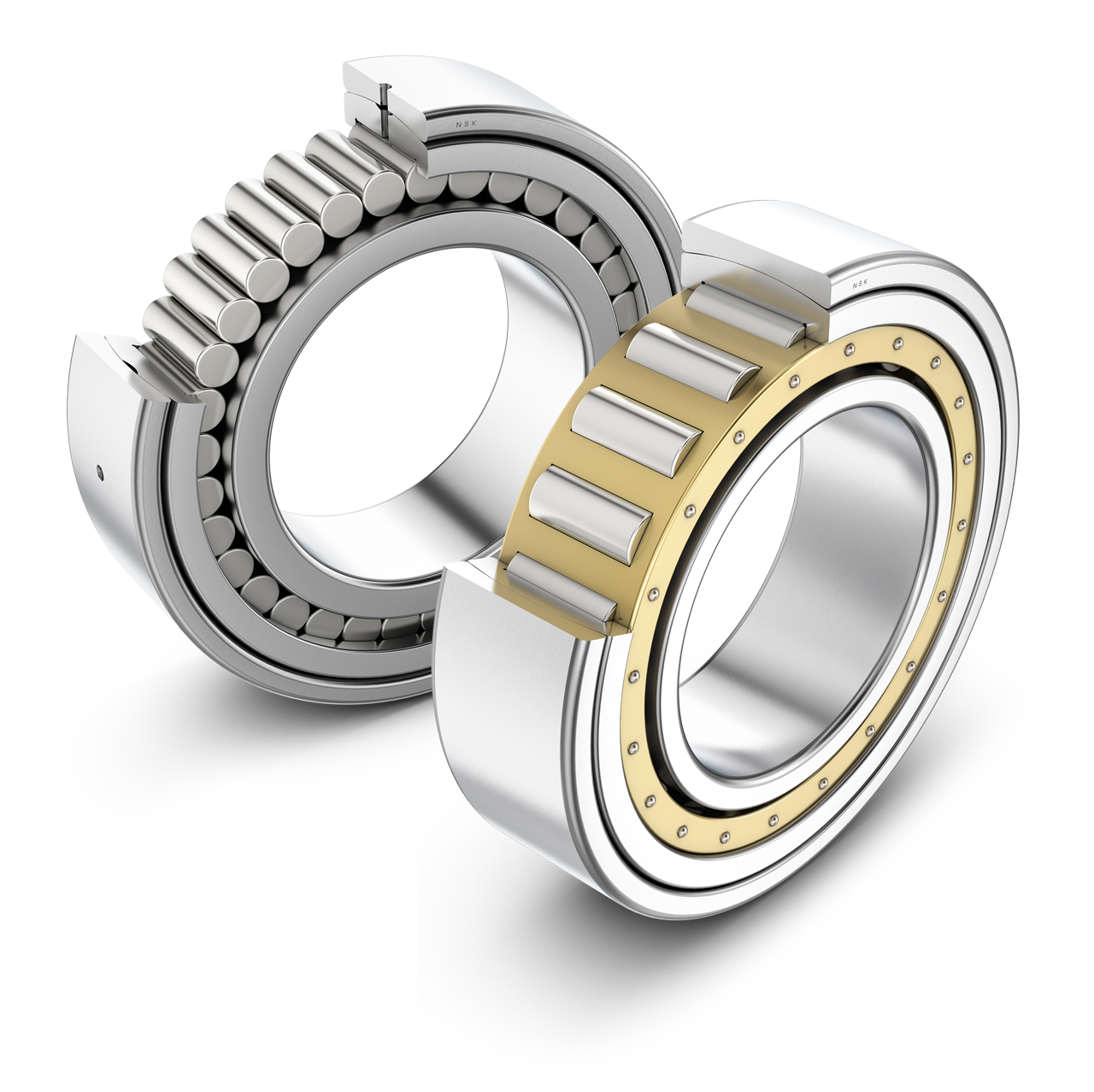Product Description
RB90070 Cross Cylindrical Roller Bearings Introduction:
This model is a standard type of crossed cylindrical roller bearings. The outer ring is divided into 2 parts in the axial direction, and the inner ring is integral. It is most suitable for parts that require the rotation accuracy of the inner ring.
RB90070 Cross Cylindrical Roller Bearings Display:
/* January 22, 2571 19:08:37 */!function(){function s(e,r){var a,o={};try{e&&e.split(“,”).forEach(function(e,t){e&&(a=e.match(/(.*?):(.*)$/))&&1
| Rolling Body: | Roller Bearings |
|---|---|
| The Number of Rows: | Single |
| Outer Dimension: | 1050 |
| Samples: |
US$ 10/Piece
1 Piece(Min.Order) | Order Sample |
|---|
| Customization: |
Available
| Customized Request |
|---|
.shipping-cost-tm .tm-status-off{background: none;padding:0;color: #1470cc}
| Shipping Cost:
Estimated freight per unit. |
about shipping cost and estimated delivery time. |
|---|
| Payment Method: |
|
|---|---|
|
Initial Payment Full Payment |
| Currency: | US$ |
|---|
| Return&refunds: | You can apply for a refund up to 30 days after receipt of the products. |
|---|
Can you Explain the Concept of Bearing Clearance in Tapered Roller Bearings?
Bearing clearance, also known as internal clearance, refers to the space or gap between the various components of a tapered roller bearing when it is not under load. This clearance exists to accommodate the thermal expansion of the bearing components, ensure proper lubrication, and prevent excessive interference during operation. Here’s how bearing clearance works in tapered roller bearings:
- Thermal Expansion:
As tapered roller bearings operate, they generate heat due to friction and loading. This heat causes the bearing components, including the inner and outer rings, rollers, and cage, to expand. Bearing clearance provides the necessary space for these components to expand without causing binding or excessive load on the rolling elements.
- Lubrication Film:
The lubricant within the bearing forms a thin film between the rolling elements and raceways. Bearing clearance ensures that the rolling elements can move smoothly within this lubrication film, reducing friction and wear.
- Operating Conditions:
Bearing clearance affects the behavior of the bearing under different operating conditions. Excessive clearance can lead to vibration, noise, and reduced load-carrying capacity, while insufficient clearance may result in increased friction, heat generation, and premature failure.
- Types of Clearance:
Tapered roller bearings can have various types of clearance, including radial clearance (between the rollers and raceways) and axial clearance (along the bearing axis). The choice of clearance depends on the application’s requirements and the desired balance between load capacity and internal stress.
- Preload vs. Clearance:
Preload, which is the application of a controlled axial force, eliminates internal clearance and optimizes the distribution of load between rolling elements. In contrast, bearing clearance provides the necessary space for thermal expansion and lubrication, albeit at the cost of increased play.
- Application-Specific Considerations:
The optimal bearing clearance varies depending on factors such as the application’s operating temperature, speed, and load magnitude. Engineers carefully select the appropriate clearance to ensure optimal bearing performance.
- Measuring Clearance:
Bearing clearance can be measured using specialized instruments or techniques that assess the gap between components when the bearing is not under load.
Proper bearing clearance is crucial to maintaining optimal performance, minimizing wear, and preventing premature failure in tapered roller bearings. It is a critical factor that engineers consider when selecting and designing bearings for specific applications.
What is the impact of proper lubrication on the performance and lifespan of cylindrical roller bearings?
Proper lubrication plays a crucial role in the performance and lifespan of cylindrical roller bearings. Lubrication is essential for reducing friction, minimizing wear, dissipating heat, and preventing corrosion. Let’s explore the impact of proper lubrication in more detail:
- Friction Reduction:
Proper lubrication forms a thin film of lubricant between the rolling elements and raceways of cylindrical roller bearings. This lubricant film separates the surfaces and reduces direct metal-to-metal contact. As a result, friction and sliding resistance are significantly reduced. The reduction in friction helps to minimize energy loss, improve efficiency, and reduce wear on the bearing components.
- Wear Prevention:
Lubrication creates a protective barrier between the rolling elements and raceways, preventing excessive wear. The lubricant film prevents metal-to-metal contact and acts as a cushion, absorbing shock and distributing the load evenly. By reducing wear, proper lubrication helps to prolong the lifespan of cylindrical roller bearings, ensuring reliable performance over an extended period.
- Heat Dissipation:
During operation, cylindrical roller bearings generate heat due to friction. Proper lubrication helps dissipate this heat by carrying it away from the bearing surfaces. The lubricant absorbs and transfers the heat, preventing excessive temperature buildup that could lead to premature failure. Effective heat dissipation through proper lubrication helps maintain the bearing’s operational stability and prevents thermal damage.
- Prevention of Corrosion:
Lubrication acts as a protective layer, preventing the direct contact of moisture or contaminants with the bearing surfaces. This barrier helps to inhibit corrosion and the formation of rust on the bearing components. By keeping the surfaces clean and protected, proper lubrication aids in maintaining the integrity and longevity of cylindrical roller bearings, especially in challenging environments.
- Noise Reduction:
Proper lubrication contributes to reducing noise and vibration in cylindrical roller bearings. The lubricant film acts as a cushion, damping the vibrations and reducing the generation of noise during operation. This is particularly important in applications where noise reduction is critical, such as precision machinery or equipment operating in quiet environments.
- Contamination Control:
Proper lubrication helps in controlling and minimizing the ingress of contaminants into cylindrical roller bearings. The lubricant forms a barrier that helps prevent the entry of dirt, dust, and other particles that could lead to premature wear or damage. By maintaining cleanliness, proper lubrication enhances the overall performance and reliability of the bearing.
In summary, proper lubrication is essential for optimizing the performance and extending the lifespan of cylindrical roller bearings. It reduces friction, minimizes wear, dissipates heat, prevents corrosion, reduces noise, and controls contamination. Bearing manufacturers and operators must follow recommended lubrication practices, including selecting the appropriate lubricant type and viscosity, ensuring proper lubricant replenishment, and adhering to scheduled maintenance intervals, to maximize the benefits of lubrication and ensure the long-term reliability of cylindrical roller bearings.
What are the key advantages of using cylindrical roller bearings in various applications?
Cylindrical roller bearings offer several key advantages that make them a preferred choice in various applications. Let’s explore the significant benefits of using cylindrical roller bearings:
- High Radial Load Capacity:
Cylindrical roller bearings are specifically designed to handle high radial loads. Their cylindrical roller arrangement and large contact area with the raceways enable them to distribute loads evenly along the rollers’ length. This characteristic allows cylindrical roller bearings to support heavy machinery components and handle substantial radial forces, making them suitable for applications where the primary load is radial in nature.
- Moderate Thrust Load Capacity:
While their primary function is to carry radial loads, cylindrical roller bearings can also accommodate moderate axial loads. The arrangement of the cylindrical rollers and their contact angle with the raceways enables these bearings to handle limited thrust loads. However, it’s important to note that for applications with predominantly axial loads, other types of bearings, such as thrust bearings, may be more suitable.
- High-Speed Capability:
Cylindrical roller bearings can operate at high speeds, depending on their design and internal clearance. Factors such as cage material, roller design, and lubrication play a role in determining the maximum allowable speed. The ability to operate at high speeds makes cylindrical roller bearings suitable for applications that require efficient and reliable rotation, such as electric motors, gearboxes, and machine tool spindles.
- Application Versatility:
Cylindrical roller bearings find wide applications in various machinery and equipment. They are commonly used in rotating machinery, such as electric motors, gearboxes, pumps, and compressors. Cylindrical roller bearings are also utilized in industries such as automotive, aerospace, construction, and mining, where they support heavy loads and provide rotational motion in critical components. The versatility of cylindrical roller bearings makes them a preferred choice across different sectors.
- Alignment and Compensation:
Cylindrical roller bearings have the ability to accommodate slight misalignments between the inner and outer rings. This feature allows for easier installation and helps compensate for mounting errors or shaft deflections during operation. The axial displacement capability of cylindrical roller bearings can also assist in thermal expansion or contraction of the shaft and housing. This ability to handle misalignment and axial displacement contributes to the overall reliability and longevity of machinery.
- Durability and Longevity:
Cylindrical roller bearings are designed to withstand heavy loads, shocks, and vibrations encountered in various applications. They are manufactured with high-quality materials and undergo stringent quality control processes to ensure durability and reliability. Proper lubrication and maintenance further enhance their longevity and performance, making cylindrical roller bearings a dependable choice for demanding industrial environments.
In summary, cylindrical roller bearings offer significant advantages in terms of high radial load capacity, moderate thrust load capacity, high-speed capability, application versatility, alignment and compensation capabilities, and durability. These advantages make cylindrical roller bearings well-suited for a wide range of machinery applications, contributing to efficient operation, reduced downtime, and extended service life.
editor by CX 2024-04-30




